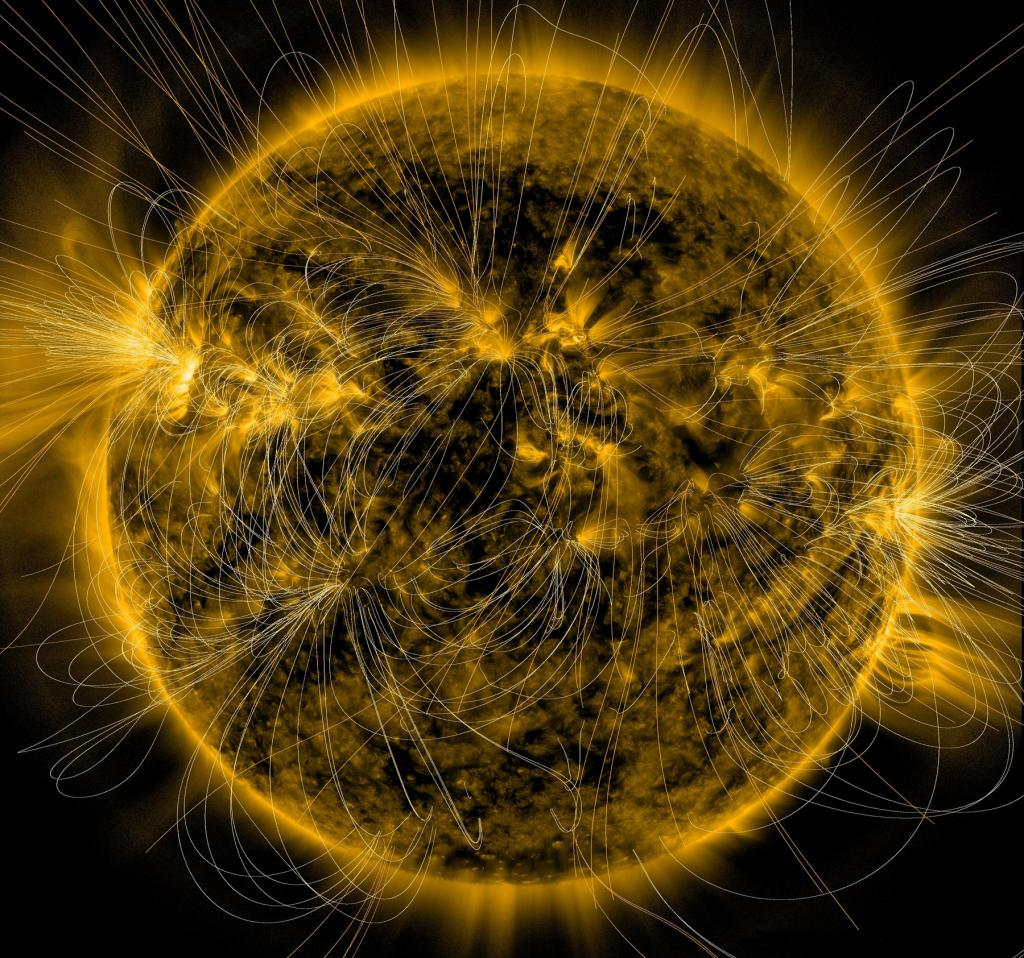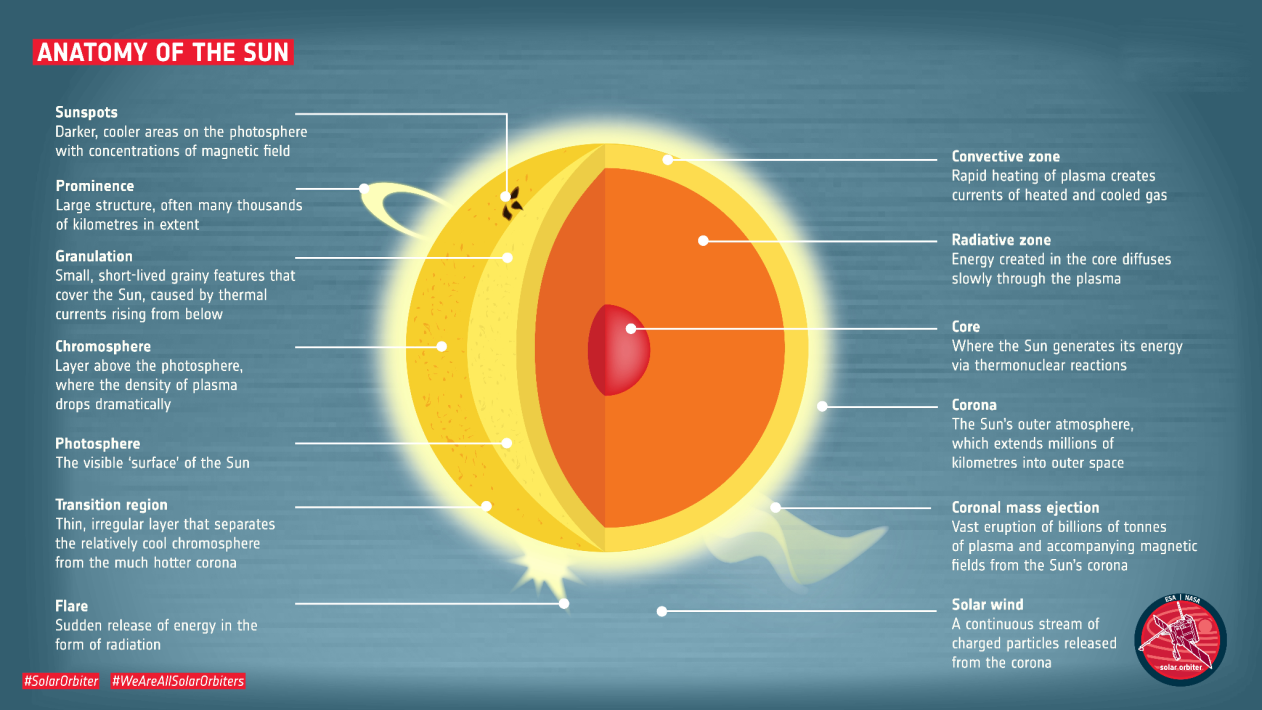Free Courses Sale ends Soon, Get It Now


Free Courses Sale ends Soon, Get It Now



Copyright infringement not intended
Picture Courtesy: https://www.downtoearth.org.in/news/science-technology/sun-s-magnetic-field-flips-the-script-new-study-places-origin-closer-to-the-surface-96290
Context: Study by the Massachusetts Institute of Technology and the University of Edinburgh suggests Sun's magnetic field originates closer to the surface, aiding solar cycle prediction.
Detail
Key Findings of the study

|
Solar Cycle ●The Sun undergoes an 11-year solar cycle characterised by varying numbers of sunspots. This cycle includes a solar minimum (few sunspots) and a solar maximum (many sunspots). ●The solar cycle is crucial for predicting solar storms, which can have significant impacts on Earth, such as disrupting power grids and satellite communications. |
Sun's Magnetic Field
Origin and Generation
Structure and Behavior
Effects and Phenomena
Future Research and Understanding
Conclusion
Source:
|
PRACTICE QUESTION Q. What are the effects of the Sun's magnetic field? 1. Auroras on planets with magnetospheres 2. Formation of sunspots 3. Acceleration of charged particles in the solar wind 4. Influence on the trajectories of comets How many of the above statements are correct? A) Only one B) Only two C) Only three D) All four Answer: D |
© 2024 iasgyan. All right reserved